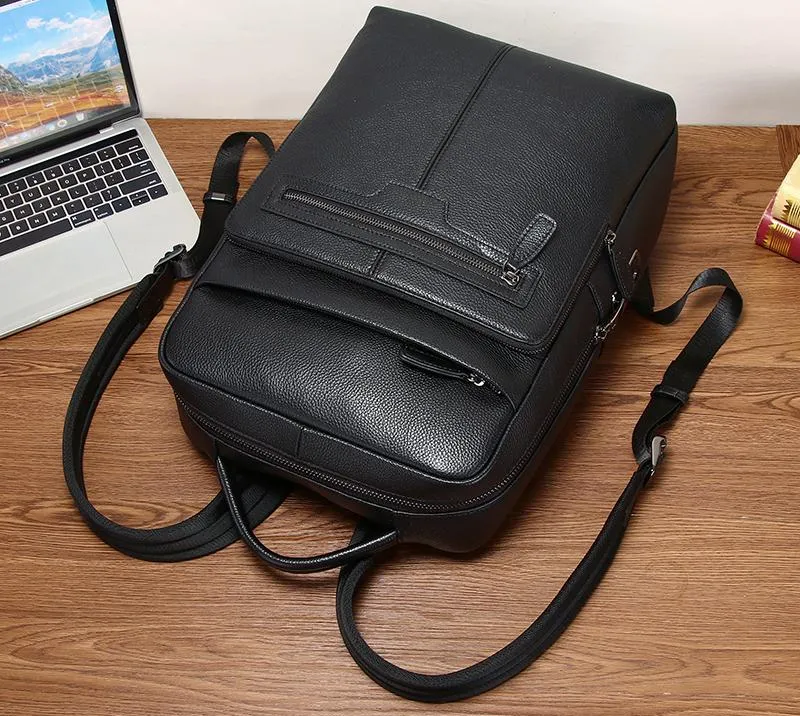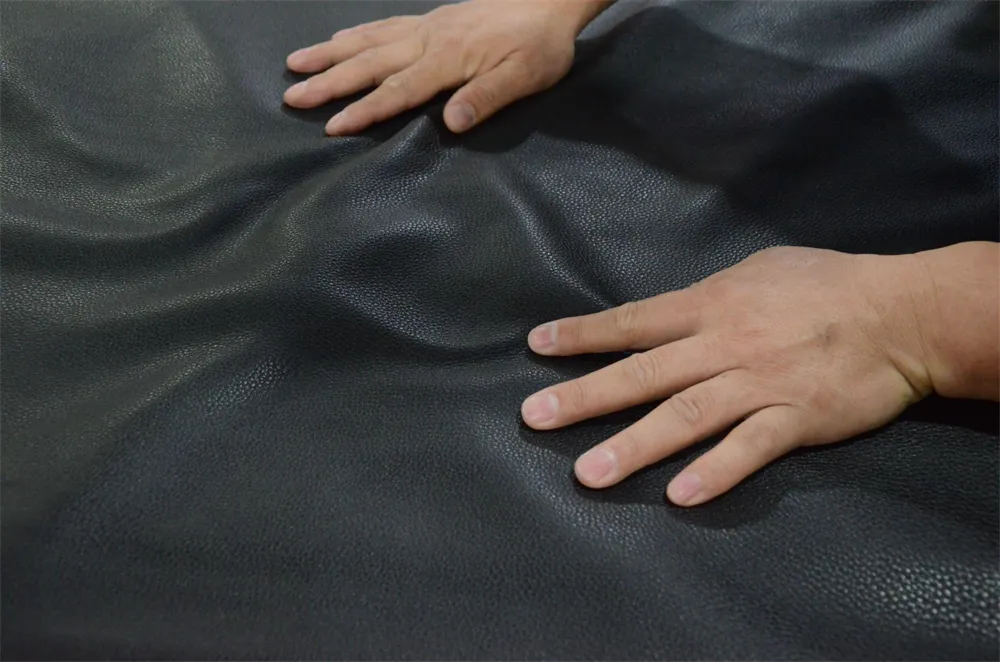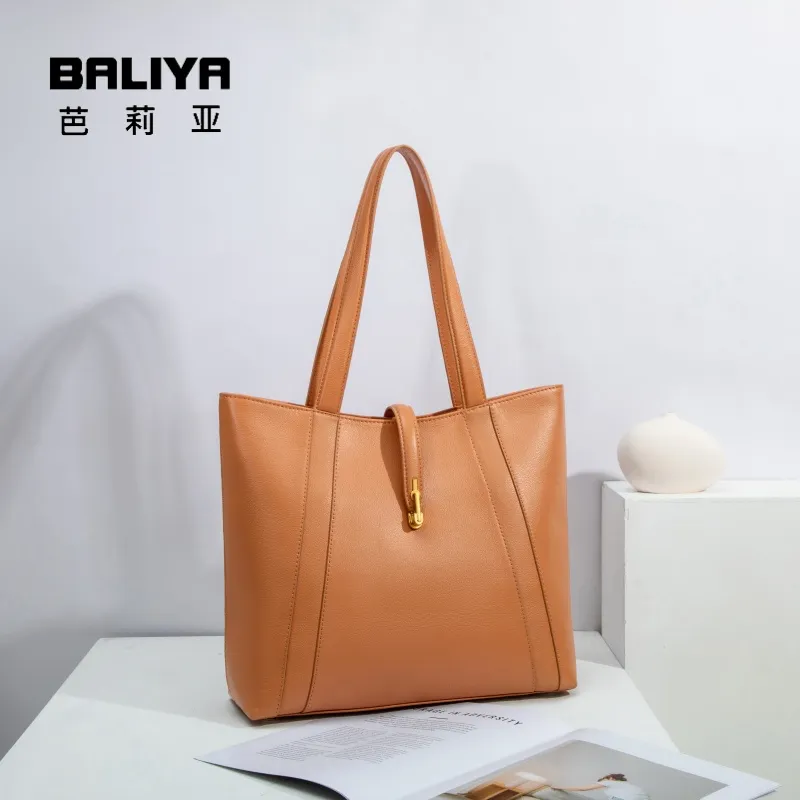When shopping for a quality leather bag, understanding what is top grain leather is essential. It stands as one of the most sought-after leather types for premium bags, blending durability and aesthetic charm. Many buyers mix it up with other leather grades or animal hides, so this guide breaks down its core details to help you make smart purchasing decisions.

To start, clarifying what is top grain leather lays the foundation for recognizing quality. It comes from the upper layer of an animal’s hide, just beneath the outermost full grain layer. Unlike lower-grade leathers that use inner hide layers, top grain leather retains the hide’s dense, strong fibers, making it a reliable choice for bags.
Animal hides have three key layers: the epidermis (the thin top layer, removed during processing), the corium (the middle, fiber-rich layer), and the subcutaneous tissue (the thick, low-quality bottom layer). Top grain leather is sourced from the upper part of the corium—this layer’s tight fiber structure is what gives top grain leather its durability. When you ask “what is top grain leather?”, its position in the hide’s hierarchy is key: it’s not the outermost (that’s full grain) but still a high-grade cut that balances strength and smoothness. Every quality top grain leather bag owes its longevity to this corium-derived structure, as it resists tearing and daily wear better than cheaper alternatives.
Texture is another defining feature that answers “what is top grain leather?” effectively. Unlike full grain leather, which keeps all natural marks (like scars or hair follicles), top grain leather undergoes light sanding to remove these blemishes. This process creates a more uniform texture but doesn’t erase all natural character—you’ll still see subtle grain patterns that feel organic to the touch. For bag buyers, this texture is a sweet spot: it avoids the “imperfect” look of full grain (if that’s not your style) and the plastic-like feel of synthetic leather. Run your hand over a top grain leather bag, and you’ll notice softness that improves with age—no cracking or fading like cheaper materials. This natural texture is a telltale sign of genuine top grain leather.

To fully grasp what is top grain leather, comparing it to full grain leather (its closest high-grade cousin) is necessary. This contrast helps you pick the right leather for your bag needs.
Full grain leather is the outermost layer of the corium, left untouched with all natural marks and its original thick “top coat.” This top coat makes it slightly more durable than top grain leather, as it resists water and wear better over decades. It also develops a rich, unique patina (a sheen from use) faster. Top grain leather, by contrast, is sanded to remove blemishes, resulting in a smoother, more polished surface. Its patina is subtler, keeping a consistent look longer. For buyers, the choice between top grain leather vs full grain leather depends on preference: if you want a rugged, one-of-a-kind bag, full grain is great; if you prefer a sleek, versatile style without sacrificing strength, top grain leather is ideal. Either way, both are far better than lower-grade leathers, and this comparison sharpens your understanding of what is top grain leather.
What is top grain leather also depends on the animal hide it comes from, with cow and goat hides being the most common for bags. Comparing goat leather vs cow leather in their top grain forms helps you match the bag to your lifestyle.
Top grain cow leather is thick, with a wide, prominent grain pattern. It’s incredibly sturdy, making it perfect for large bags like totes, backpacks, or briefcases that carry heavy items (laptops, books). Its thickness also gives bags a structured shape, great for professional or casual use. Top grain goat leather, on the other hand, is thinner, lighter, and has a fine, tight grain. It’s more flexible, so it works well for small bags like crossbodies or clutches—ideal for errands or events where you don’t want bulk. It’s also more scratch-resistant than top grain cow leather, though less tough for heavy loads. Understanding goat leather vs cow leather lets you choose: a sturdy top grain cow leather bag for daily commutes, or a lightweight top grain goat leather bag for on-the-go days. Both embody what is top grain leather—high-quality, natural leather with a smooth finish.
Knowing how top grain leather is made further explains what is top grain leather and why it’s a quality choice. Each step is carefully controlled to preserve its strength and appearance.
First is tanning: this process stops the hide from rotting. Most top grain leather uses chrome tanning (fast, creates soft leather) or vegetable tanning (slower, eco-friendly, develops nice patina). Next is sanding— the step that defines top grain leather. Workers lightly buff the hide’s surface to remove blemishes, but they don’t sand too deeply (that would thin the leather and reduce durability). Then comes dyeing: top grain leather is dyed in baths for even color, and some get a light topcoat for extra protection. Finally, finishing adds touches like matte or satin sheen, enhancing its look without hiding its natural texture. Every step ensures top grain leather lives up to what it is— a balanced, long-lasting material for premium bags.

Now that you know what is top grain leather, use these tips to avoid fakes and pick the best bag:
By following these tips, your top grain leather bag will last for years, staying true to what is top grain leather— a blend of quality, style, and durability.